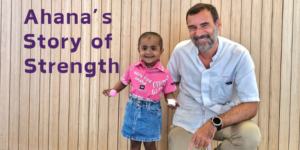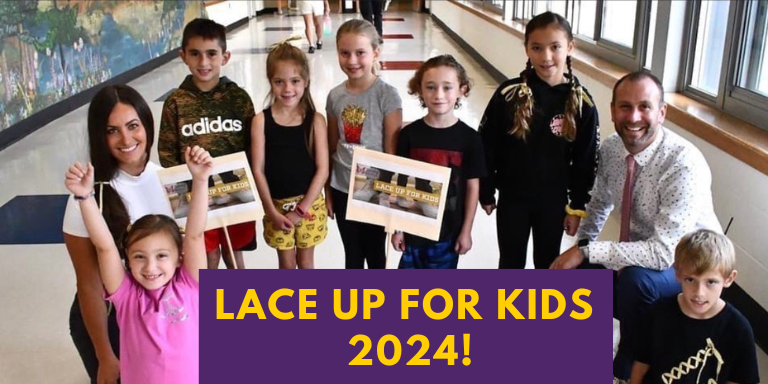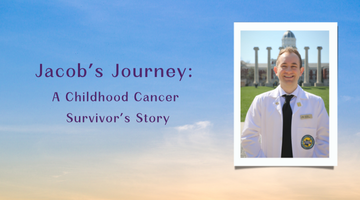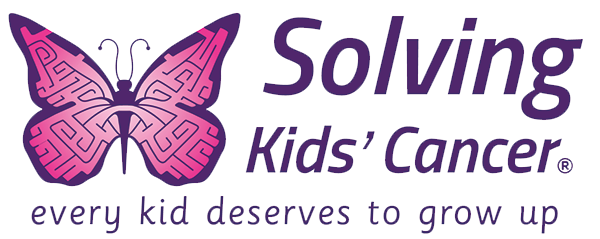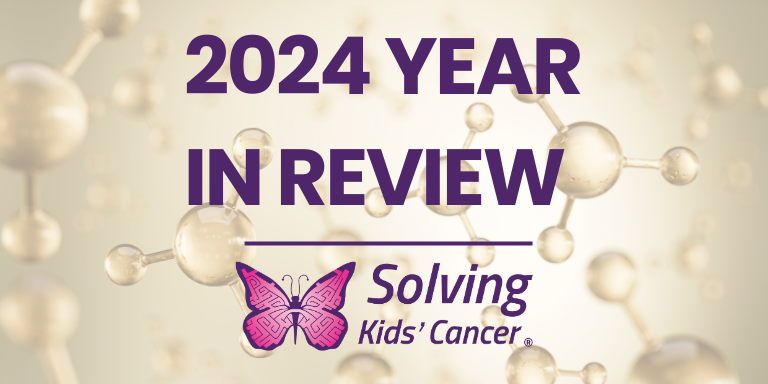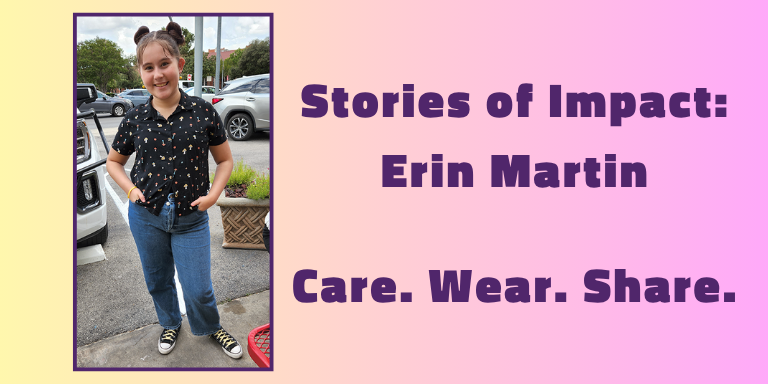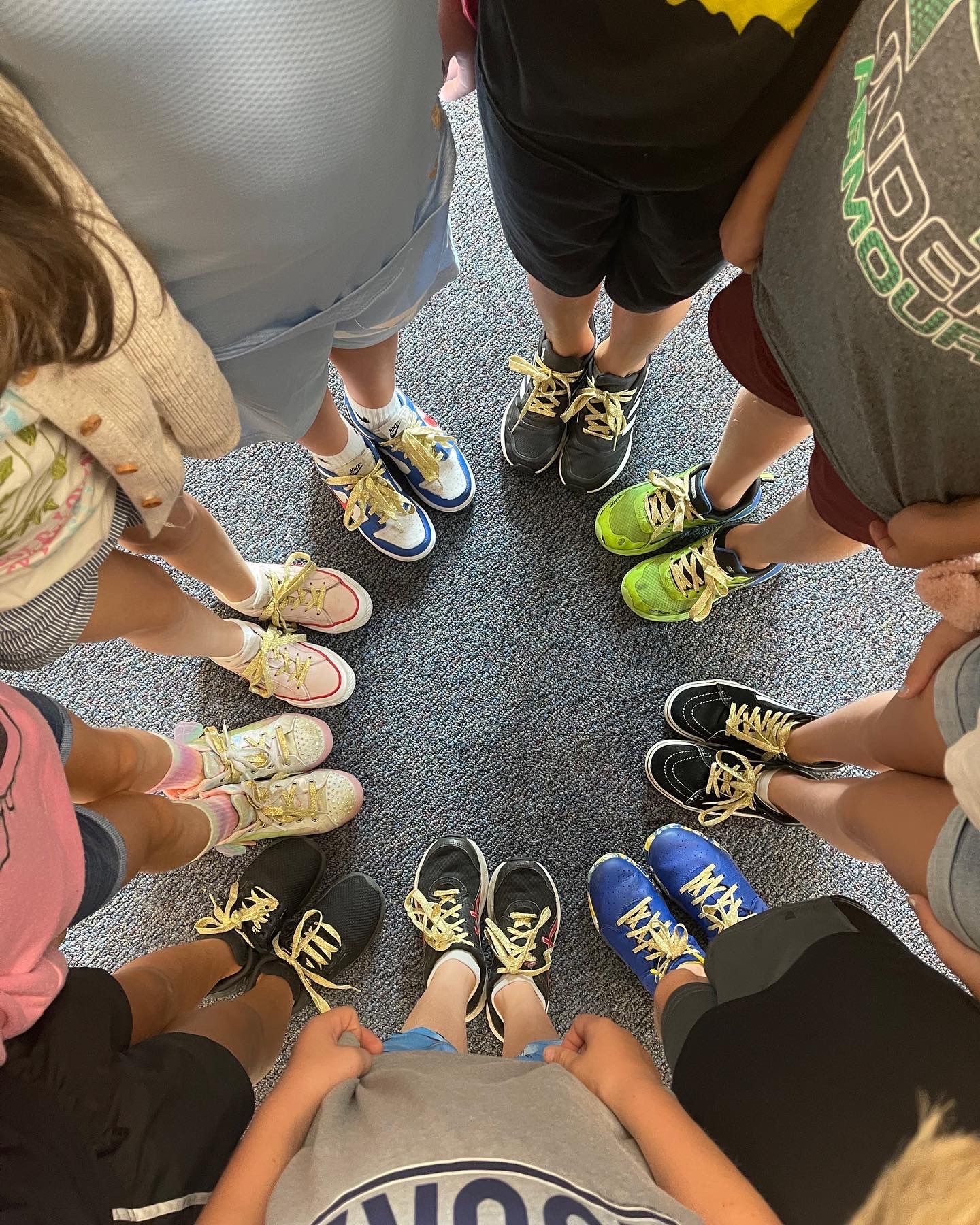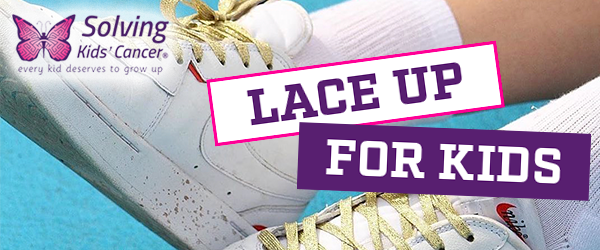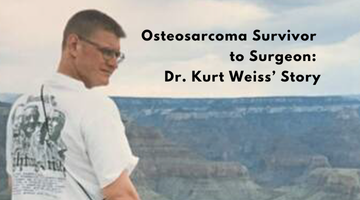What’s Needed to Improve Treatments for Neuroblastoma?
Neuroblastoma is a heterogenous type of pediatric cancer, meaning that the tumor cells might be subtly or dramatically different even within the same tumor within the same patient. It’s the most common solid tumor outside of the brain in children. About 800 children are diagnosed with neuroblastoma each year in the United States, and half of the children have the high-risk form of the disease.1
Despite current treatments, approximately 50% of children diagnosed with high-risk neuroblastoma do not survive past five years.2 In some patients, neuroblastoma never goes away, while others can experience a relapse even after remission. For survivors, most suffer from serious and long-term effects of the treatments they received into adulthood.
To meet the need for improved neuroblastoma treatments, Solving Kids’ Cancer funds breakthrough research and innovative clinical trials that will minimize late effects and improve survivorship for children.
What is Neuroblastoma?
Neuroblastoma is a cancerous tumor that develops in the nervous system of babies and very young children, usually under 5 years of age. It can often originate in the adrenal glands, which sit on top of the kidneys, and are responsible for making hormones and managing other vital bodily functions, like digestion, blood pressure, breathing and heart rate. Neuroblastoma can also begin in the nerve tissue of the spinal cord, abdomen, chest and neck.
This type of childhood cancer is challenging because its cancer cells can spread and grow rapidly into critical areas of the body that are difficult to directly treat, most commonly in the bone and bone marrow. In fact, nearly 67% of children with neuroblastoma develop a metastatic disease.3
The signs and symptoms of pediatric neuroblastoma can vary depending on where the tumor is located and how much the cancer has grown. Typically, by the time children experience symptoms, the cancer has spread to other parts of the body.
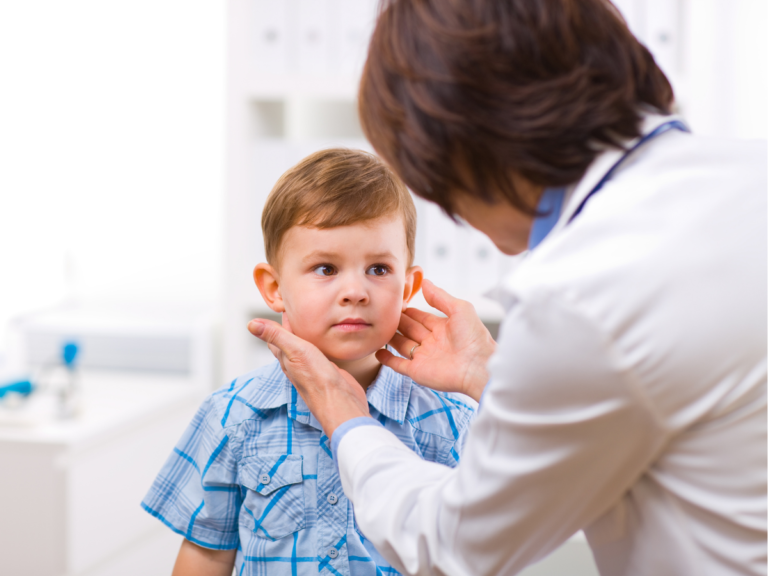
Neuroblastoma Treatments and the Need for Advanced Research
Doctors and families work together to tailor the best treatment approach for a child’s neuroblastoma. Neuroblastoma treatment plans will vary depending on the risk category, which is determined from the child’s age, presence of metastatic disease, and certain characteristics of the tumor.
Survival rates of neuroblastoma are divided into three groups, which can be described as the following:
• Low-risk neuroblastoma — Children with low-risk neuroblastoma may not need treatment and will be watched closely to make sure their tumor doesn’t get bigger. Sometimes, the tumor will be surgically removed and chemotherapy may follow.
• Intermediate-risk neuroblastoma — Children with intermediate-risk neuroblastoma will usually require surgery to remove the tumor at its location and in areas where it has spread. Neuroblastoma patients will then receive chemotherapy after surgery.
• High-risk neuroblastoma — Approximately 50% of children diagnosed with neuroblastoma are in the high-risk category.4 They will need very intensive treatments due to the aggressive nature of the tumor. Treatment usually includes chemotherapy, surgery, one or two transplants, radiation therapy, and immunotherapy.
The Problems with Treating High-Risk Neuroblastoma
While low-risk and intermediate-risk neuroblastoma can often be cured with little to no treatment, high-risk neuroblastoma is aggressive and harder to cure. Even with intensive treatments, children with high-risk neuroblastoma typically have a poor prognosis.
In cases called refractory neuroblastoma, about 10-15% of high-risk patients also have difficulty responding to initial treatment.5 An even greater percentage, about half, have cancer that returns after treatment because it has become resistant to conventional protocols.6 In these cases, called relapse or recurrent neuroblastoma, the tumor may regrow in its original site or reappear in the bones, bone marrow, or other sites.
At this time, few children survive long-term after relapse, and there is no standard agreement on the most effective therapy.
Late Effects of Neuroblastoma Treatments
Another challenge for children with neuroblastoma are late effects from treatments, which describe health problems that don’t show up until months or years later. Major advancements in neuroblastoma treatment have helped increase survival rates for all risk groups, but survivors of high-risk neuroblastoma often suffer from health problems later on in life.
Children who received the traditional multimodal therapies of surgery, chemotherapy and radiation, are more likely to have serious long-term effects. Some of these may include:
• Hearing loss
• Bone and muscle problems
• Thyroid issues
• Growth and development problems
• Fertility problems
• Neurological and nervous system problems
• Second cancers
• Behavioral, emotional, and mental health issues
To minimize treatment-related risks, a recent focus of research is finding safer, more effective therapies that would maintain increased survival rates and improve quality of life for children with neuroblastoma.
Hurdles to Improved Neuroblastoma Treatments
For children with neuroblastoma, clinical trials are more necessary than ever. Why? Because they are key to discovering new treatments and provide access to novel therapies for patients with the worst neuroblastoma prognoses.
But, in order for better pediatric cancer treatments to become mainstream, there are multiple hurdles to overcome. To be approved, clinical trials must have sufficient funding and regulatory approvals.7 Pediatric clinical trial drugs also need an ongoing supply, but pharmaceutical companies prioritize adult trials because drugs for rare pediatric cancers are simply not as lucrative. As a result, it can take years before a clinical trial drug is approved on the market.8
Unfortunately, children with the rarest, most fatal cancers don’t have time on their side.

Solving Kids’ Cancer’s Funded Research Projects for Neuroblastoma
Even after aggressive treatments, children with high-risk neuroblastoma continue to regress from poor outcomes, while survivors of neuroblastoma remain at risk for serious long-term health problems. At Solving Kids’ Cancer, we invest in next-generation preclinical research and early phase clinical trials to help build streamlined therapies with the aim of changing this reality.
Since 2008, we’ve funded 29 neuroblastoma clinical trial and development projects. Read more about some of the recent research that is advancing promising approaches for the treatment of children with neuroblastoma:
• Targeted Therapy for Children with ALK-Driven Neuroblastoma – This transatlantic clinical study examines the use of an investigational drug for lung cancer Lorlatinib, for the treatment of ALK mutated relapsed or refractory neuroblastoma. This work rapidly led to the first US-EU collaboration to test the drug in newly diagnosed ALK+ neuroblastoma patients, supported by a large collaboration of charities led by Solving Kids’ Cancer.
• MiniVan Trial for Children With Relapsed/Refractory Neuroblastoma – This phase I clinical trial combines three treatments: radiotherapy, immunotherapy and monoclonal antibody to treat neuroblastoma that has continued to grow during treatment or came back after treatment.
• International Integrated Analysis to Identify Markers of Poor Survival in High-Risk Neuroblastoma – This study aims to analyze biomarkers to identify subcategories of : high risk neuroblastoma that may be better (need less treatment) or worse (need different treatment), and then test new treatment strategies for these children.
• GPC2 Directed Immunotherapies for Neuroblastoma and Other Pediatric Cancers – This preclinical research developed a new immunotherapy approach targeting GPC2 which is present on neuroblastoma cells.
• Optimizing SN22 Nanoparticles to Treat Children with High-Risk Neuroblastomas – By using nanotechnology, researchers created a shelf-stable clinical trial drug to test in children with relapsed or refractory high-risk neuroblastoma.
• Activated T Cells Armed With GD2 Bispecific Antibody in Children and Young Adults With Neuroblastoma and Osteosarcoma – This clinical trial tested activated T cells armed with GD2 bispecific antibody in children with relapsed or refractory neuroblastoma or osteosarcoma.
Solving Kids’ Cancer is excited to be involved in these cutting-edge studies that have pushed the boundaries of childhood cancer research. Your support helps us get closer to a reality where no child will die from neuroblastoma or suffer from its treatment — because every kid deserves to grow up.
Sources
1 Key Statistics About Neuroblastoma – https://www.cancer.org/cancer/neuroblastoma/about/key-statistics.html#:~:text=Neuroblastoma%20is%20by%20far%20the,about%201%20to%202%20years.
2 Neuroblastoma – Childhood: Statistics – https://www.cancer.net/cancer-types/neuroblastoma-childhood/statistics
3 Neuroblastoma, Cincinnati Childrens Center – https://www.cincinnatichildrens.org/health/n/neuroblastoma
4 For Children with Neuroblastoma, Trial Results Highlight Continued Evolution of Treatment –https://www.cancer.gov/news-events/cancer-currents-blog/2019/high-risk-neuroblastoma-tandem-transplant
5, 6 What is Relapsed/Refractory Neuroblastoma? – https://www.neuroblastoma-info.com/relapsed-refractory-neuroblastoma/
7 When Innovation and Commercialization Collide: A Patient Advocate View in Neuroblastoma – https://ascopubs.org/doi/10.1200/JCO.21.01916
8 To transplant, or not to transplant? That is the question. A patient advocate evaluation of autologous…transplant in neuroblastoma – https://onlinelibrary.wiley.com/doi/epdf/10.1002/pbc.29663
